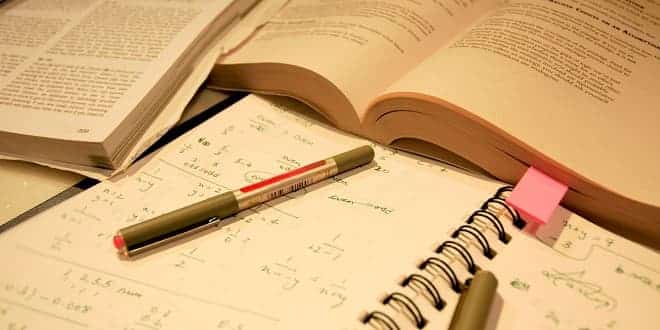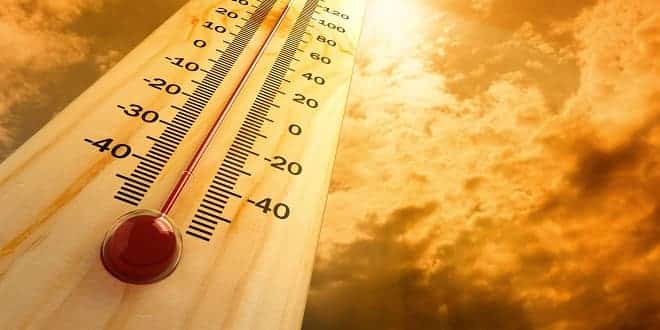Double Pipe Heat Exchanger
Objective:
To study and evaluate the effects of hot and cold fluid flow rate and flow configurations on the rate of heat transfer through thin walled tubes. To determine the overall heat transfer coefficient for the double pipe heat exchanger for countercurrent flow and parallel (or co-current) flow.
System:
The heat exchanger consists of two thin wall copper tubes mounted concentrically on a panel. The flow of water through the center tube can be reversed for either countercurrent or parallel flow. The hot water flows through the center tube, and cold water flows in the annular region.
• Valves are used to set up desired flow conditions (rate and direction). Set the hot water valve in the correct position to achieve either countercurrent or parallel flow.
• Thermometers and thermocouples are placed near the entrance, midpoint and exit of each pipe. The thermometer should give coarse readings compared to the thermocouple. The thermocouples are connected to a selector switch on the front of the panel.
• The flow meter has a direct read scale in ft3 /min. The flow meter does not read zero at zero flow due to rubber offset. The flow meter can read either the cold or hot water flow rate by turning the appropria te valves.
• A synopsis of operation is as follows: Open or close the appropriate valves to set hot water flow at 0.2 ft3/min in countercurrent configuration. (All globe valves should be totally opened or totally closed.) The metering valves at the outlets should be used to control flow rates. Before beginning cold water flow, temporarily close valve#1 to conserve hot water. Set valve positions for cold water flow at 1.0 ft3/min, then resume hot water flow (open valve#1) Allow the system to reach steady state before taking measurements (1-2 min). Take at least three readings of temperature and cold water flow before changing to new cold water flow rate. Examine cold water flows of 0.8 ft3/min and 0.6 ft3/min. The two heat exchanger groups must work together once the flow has been initiated because the adjustment of flow in one group will affect the other team’s flows. You must communicate when you are ready to change flow rates.
Once you have taken readings for all three rates of cold water flow, reverse the direction of the hot water flow (to the parallel flow configuration) by opening and closing appropriate hot water valves. Collect parallel flow data at cold water flow rate of 0.6 ft3/min only.
• Continuing in parallel flow configuration and 0.6 ft3/min cold water flow, increase hot water flow to 0.4 ft3/min. Collect temperature data.
• Reverse direction of hot water flow (back to countercurrent flow configuration). Collect data at 0.6 ft3/min cold water flow. Take additional readings at cold water flow rates of 0.8 and 1.0 ft3/min.
…




